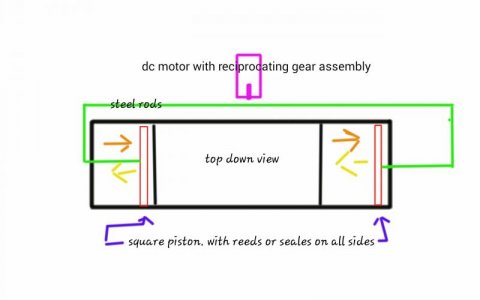karimwassef
Active member
I have a 400gal with surge now. I added powerheads too.
I can move massive volumes of water.
But when I dive, the motion is completely different.
With a maturing stocked tank, I don't have the option to do this perfectly. So, I plan to learn as much as possible and establish proof of concept. I'll do it right on my next build.
This is how I developed my current tank's surge.
For my current tank, I'll have to retrofit my setup as best as I can. That's the goal.
I can move massive volumes of water.
But when I dive, the motion is completely different.
With a maturing stocked tank, I don't have the option to do this perfectly. So, I plan to learn as much as possible and establish proof of concept. I'll do it right on my next build.
This is how I developed my current tank's surge.
For my current tank, I'll have to retrofit my setup as best as I can. That's the goal.

